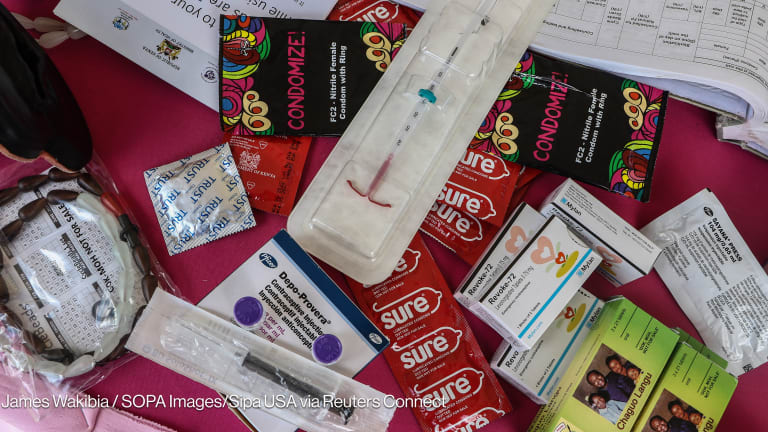In the elephant migration corridor near Tarangire National Park in Tanzania, a nurse named Happiness Chacha travels hut to hut to talk with villagers about family planning.
Her work is a result of the Endangered Ecosystems Northern Tanzania, a project funded by the U.S. Agency for International Development that aims to make both people and wildlife more resilient to threats like climate change and population growth. While it might seem surprising to see efforts to promote family planning and combat wildlife poaching as part of the same program, the project reflects growing recognition among donors and implementers that sexual and reproductive health cannot be divorced from a wide spectrum of other development objectives.
Unintended teen pregnancies are a major global health threat in sub-Saharan Africa, where 40 percent of girls and young women want to use contraception but are unable to access it. Every year, 70,000 adolescent girls die in developing countries from complications related to pregnancies, including unsafe abortions.








